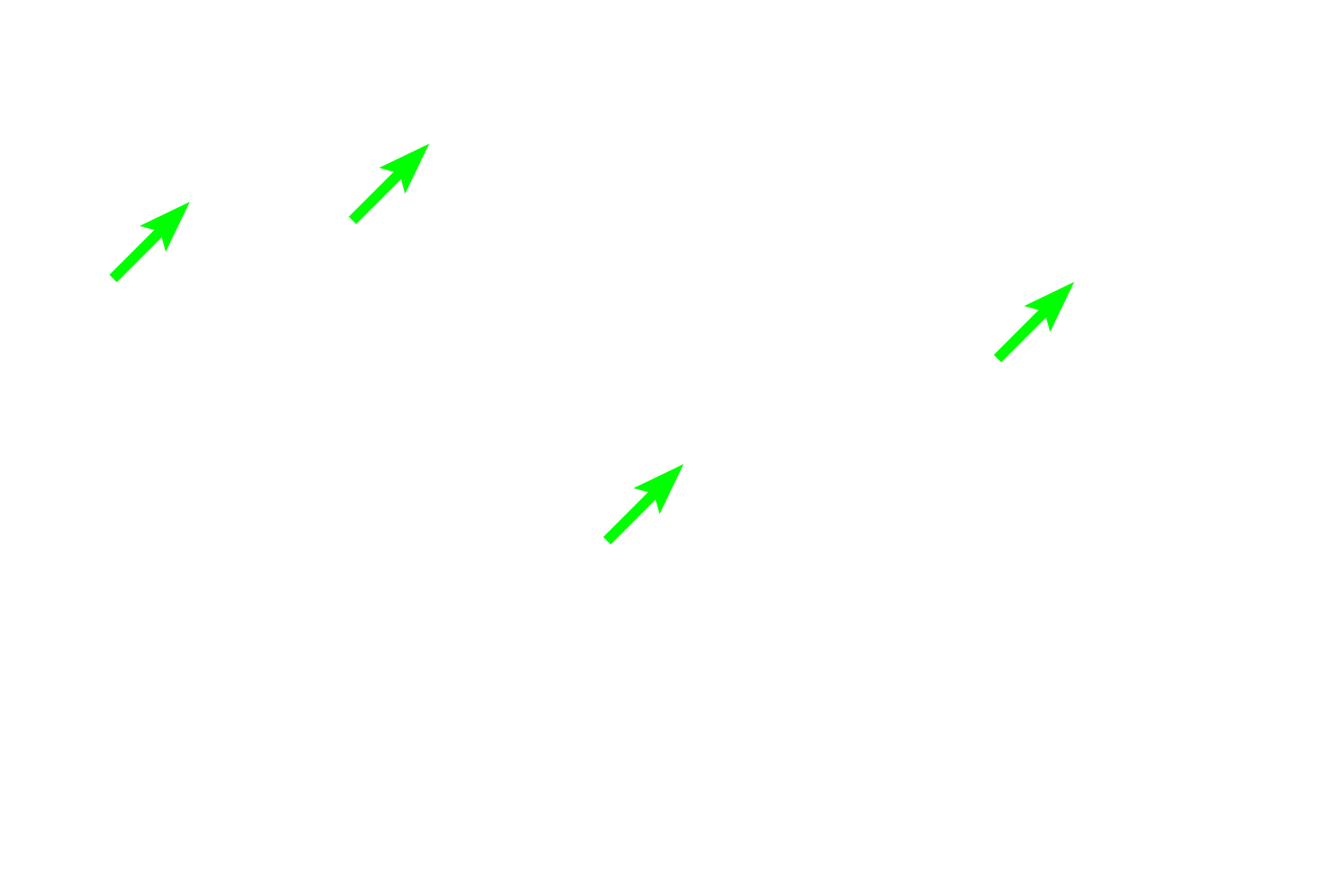
Hematoxylin and esosin (H&E) staining
The most commonly used stains for routine histology and pathology sections are hematoxylin and eosin. Hematoxylin has a purple color; eosin has a pinkish-orange color. They are referred to as conventional stains, because they bind to tissue elements based on simple charge interactions. Pancreas 1000x

Basophilia >
Structures such as the nucleus and rough endoplasmic reticulum (arrows) stain with hematoxylin, and are referred to as basophilic or “base loving” structures. The term basophilia refers to the property of a structure or region that stains with a basic dye, such as hematoxylin.

Nuclei >
Hematoxylin is a positively charged, basic dye and stains structures with a negative charge purple to blue. The nucleus contains nucleic acids (both DNA and RNA), which have a negative charge and, thus, bind the positively charged hematoxylin. In addition to the nucleus, hematoxylin also stains the rough endoplasmic reticulum (RER), since it binds to the RNA in ribosomes.

Rough endoplasmic reticulum
Hematoxylin is a positively charged, basic dye and stains structures with a negative charge purple to blue. The nucleus contains nucleic acids (both DNA and RNA), which have a negative charge and, thus, bind the positively charged hematoxylin. In addition to the nucleus, hematoxylin also stains the rough endoplasmic reticulum (RER), since it binds to the RNA in ribosomes.

Eosinophilia >
The term eosinophilia refers to the property of a structure or region that stains with an acidic dye such as eosin. Eosinophilic structures are neutral to positively-charged and include collagen fibers, mitochondria and some secretory granules (arrows).

Cytoplasm
The term eosinophilia refers to the property of a structure or region that stains with an acidic dye such as eosin. Eosinophilic structures are neutral to positively-charged and include collagen fibers, mitochondria and some secretory granules (arrows).